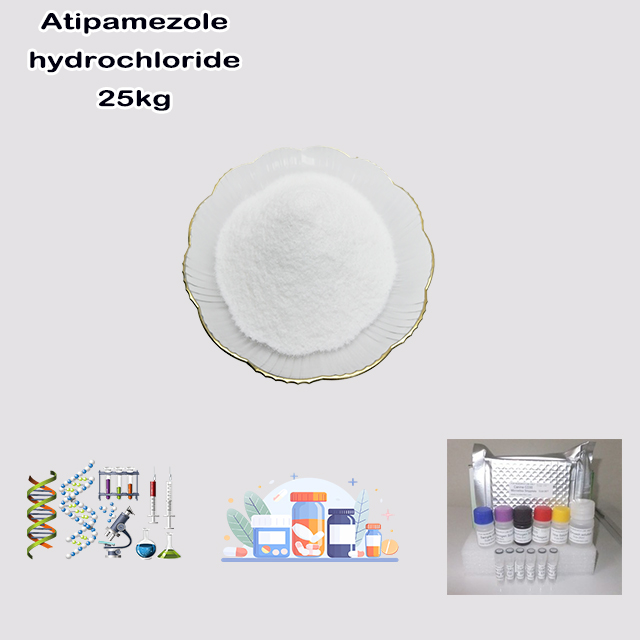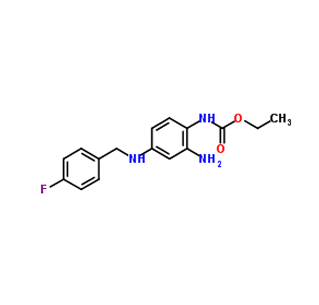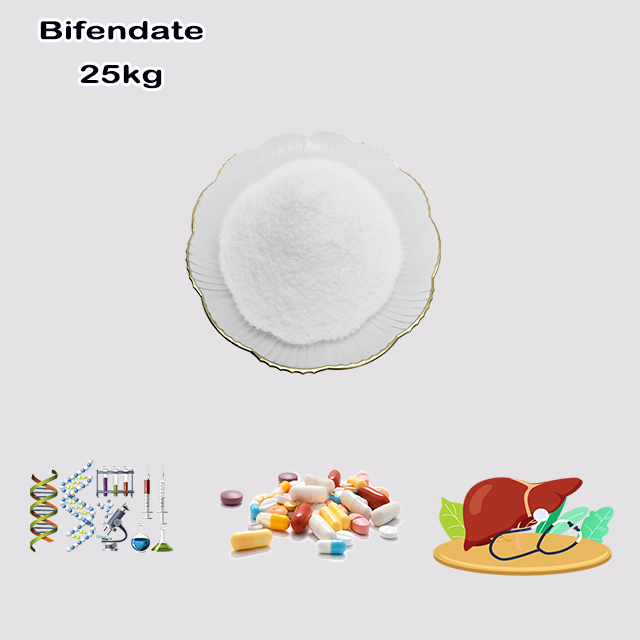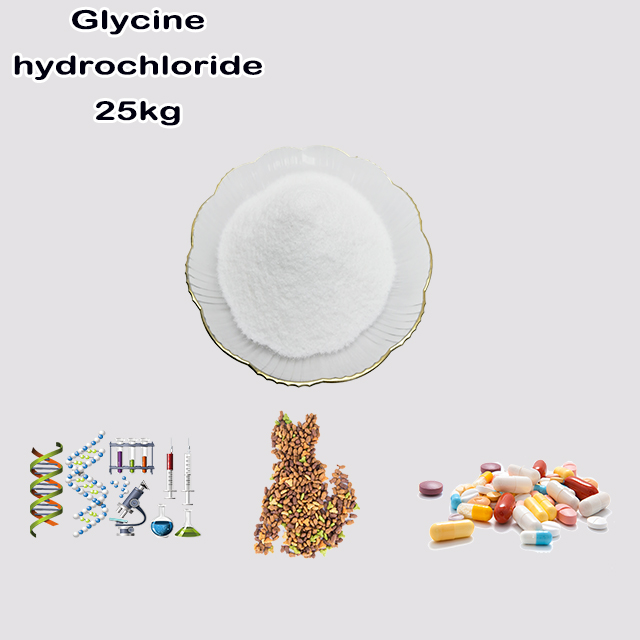
Search

Search


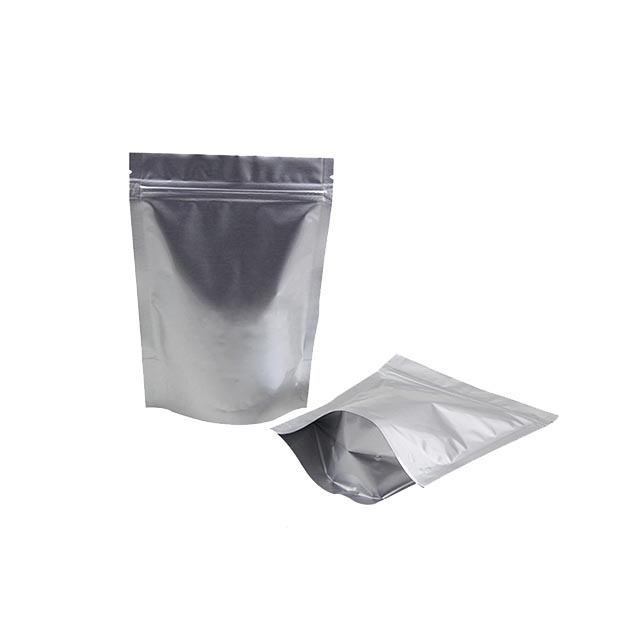
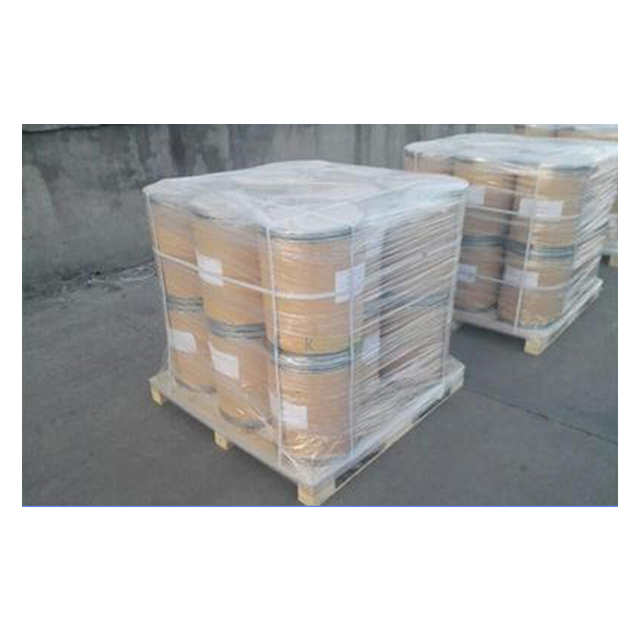







N-Acetyl-D-galactosamine (GalNAc) is an essential amino sugar monomer. It's a derivative of galactosamine where an acetyl group is attached to the nitrogen atom.
Key Roles:
Core Sugar: The defining initial sugar attached to serine/threonine in O-linked protein glycosylation, forming the Tn antigen.
Blood Groups: A critical component of the A antigen (distinguishing blood type A from B).
Mucins & Proteoglycans: Abundant in protective mucus layers (mucins) and connective tissue components (e.g., chondroitin sulfate).
Drug Delivery: Exploited to target liver cells via the ASGPR receptor, enabling RNAi therapies.
It's vital for cell recognition, structure, and therapeutics.
N-Acetyl-D-galactosamine (GalNAc) is a modified amino sugar and a vital building block in biology. Here's a breakdown of its key aspects:
Chemical Structure:
It's a derivative of the simple sugar D-galactosamine (the amino sugar form of galactose).
An acetyl group (-CO-CH₃) is attached to the nitrogen atom (N) of the amino group (-NH₂) on carbon 2 (C2) of the galactosamine ring. This modification is why it's called N-Acetyl.
It exists in the D-configuration (referring to the spatial arrangement of atoms around a specific carbon), which is the biologically active form.
Abbreviation: Commonly abbreviated as GalNAc.
Biological Significance & Where It's Found:
O-Linked Glycosylation: It is the defining initial sugar attached directly to the oxygen atom (O) of the amino acids serine or threonine in proteins during O-linked glycosylation. This forms the "Tn antigen" and serves as the core for building longer O-glycan chains.
Blood Group Antigens: It's a critical component of A, AB, Sd(a), and Forssman blood group antigens on red blood cells and other tissues. The presence of GalNAc (vs. galactose) distinguishes the A antigen from the B antigen.
Mucins: Abundant in the O-glycans of mucins, the gel-forming glycoproteins that protect epithelial surfaces (like in the gut and respiratory tract).
Glycosphingolipids: Found in certain types of gangliosides and other glycolipids.
Proteoglycans: A component of glycosaminoglycan (GAG) chains like chondroitin sulfate and dermatan sulfate, found in connective tissue, cartilage, and skin.
Essential Component of Glycoconjugates: GalNAc is a fundamental monomer used to build larger, complex carbohydrate structures attached to proteins and lipids.
Key Functions:
Structural Role: Provides structural integrity to glycoproteins, mucins, and proteoglycans.
Cell Recognition & Signaling: Serves as a specific recognition marker on cell surfaces. Differences in GalNAc linkages/modifications are crucial for blood type determination, cell-cell communication, immune responses, and pathogen binding.
Lubrication & Protection: Its presence in mucins is essential for the viscous, protective properties of mucous layers.
Metabolic Precursor: Serves as a precursor molecule for the synthesis of other complex carbohydrates and glycoconjugates.
Therapeutic & Research Relevance:
Drug Delivery: Exploited in targeted drug delivery systems. Drugs conjugated to GalNAc residues are specifically taken up by liver cells (hepatocytes) via the asialoglycoprotein receptor (ASGPR), which has high affinity for GalNAc. This is a major strategy for delivering RNAi therapeutics (e.g., siRNA drugs like Givosiran, Inclisiran).
Cancer Biomarkers: Altered expression of simple GalNAc structures (like the Tn antigen) on cell surface proteins is a common feature in many cancers and is being investigated as a diagnostic and prognostic biomarker.
Enzymology: Studied as a substrate for various glycosyltransferases and glycosidases involved in glycan synthesis and degradation.
Microbiome Research: Gut bacteria metabolize GalNAc (often derived from mucin breakdown), influencing the gut environment and host health.
In Summary:
N-Acetyl-D-galactosamine (GalNAc) is a biologically crucial amino sugar. It's the core initiating sugar for O-linked protein glycosylation, a key component of blood group antigens, mucins, and certain proteoglycans/glycolipids. Its functions range from structural support to critical roles in cell recognition, immunity, and protection. Its specific interaction with the liver ASGPR receptor makes it exceptionally important for targeted therapies, particularly in RNAi-based medicine.


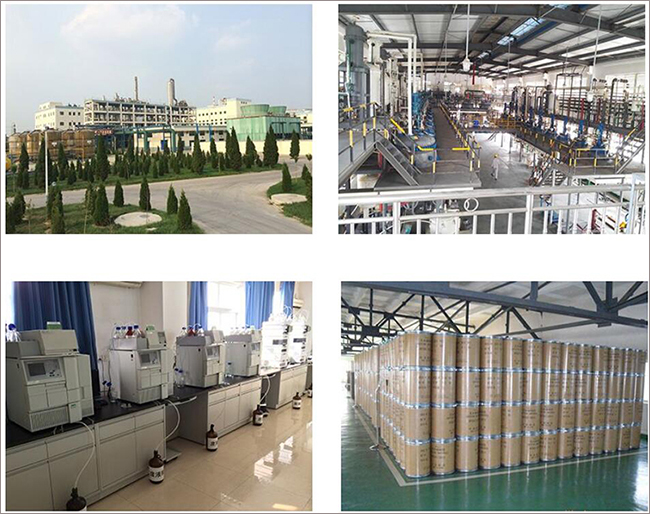

Fortunachem Provides Not Only Professional Chemical Products But Also Professional Help
Keeping you up-to-date with all the latest information, news, and events about Fortunachem!

Quick Links
Add:
E-mail:
 English
English  Español
Español  français
français  العربية
العربية 